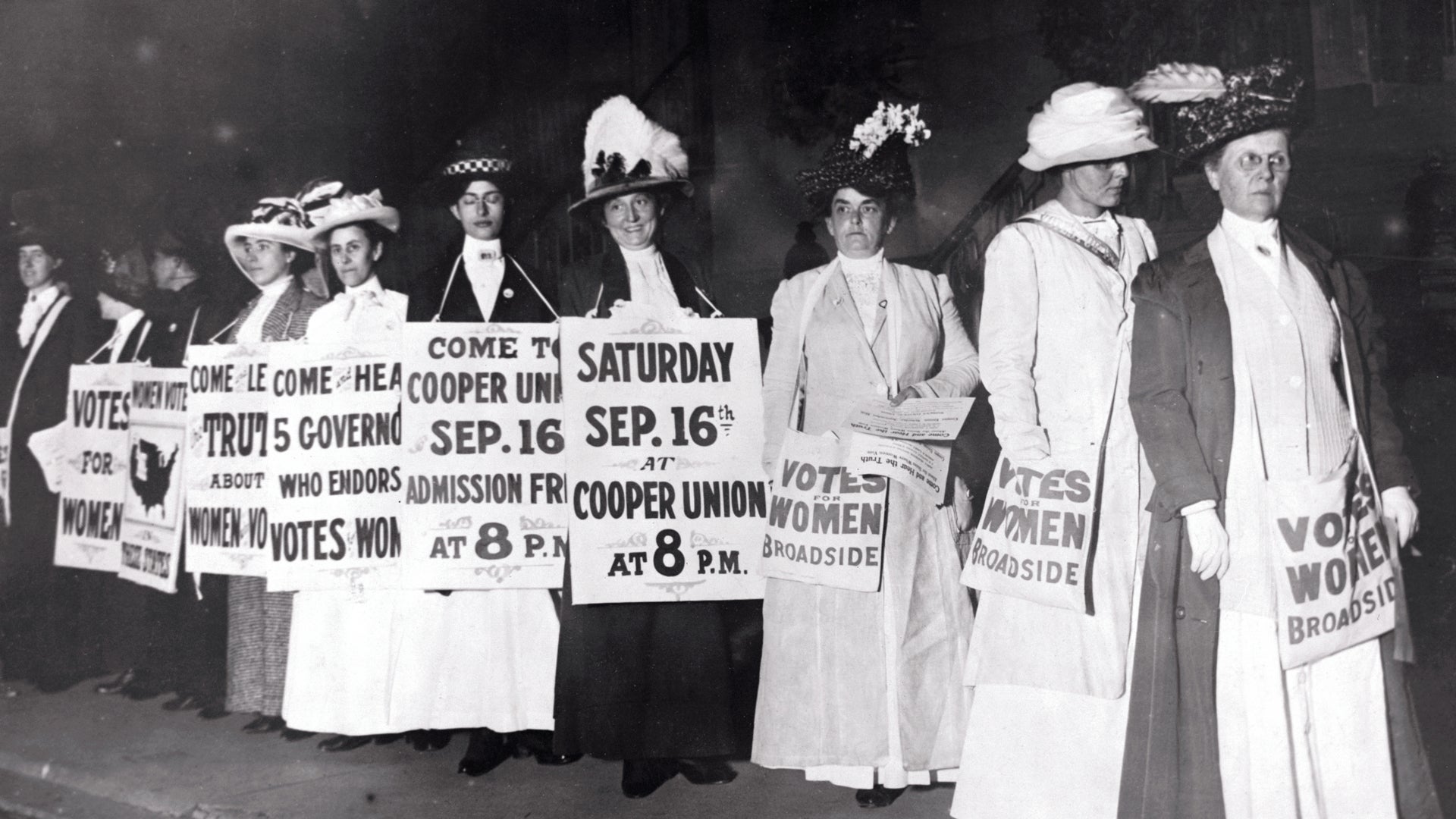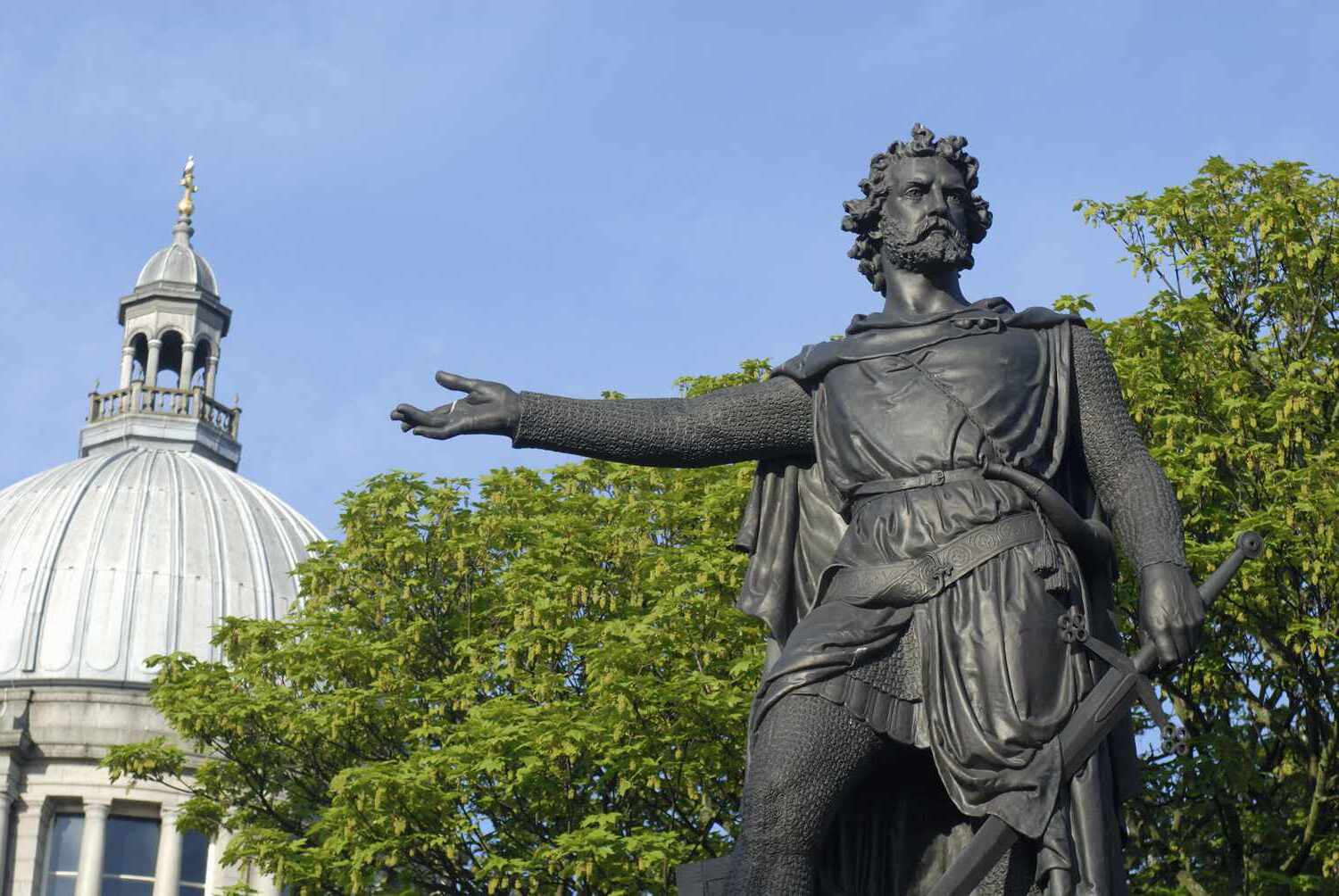
Women's suffrage, the long and arduous battle for women's right to vote, stands as a pivotal chapter in global history. Women's suffrage wasn't just about voting; it was a fight for equality, recognition, and the reshaping of societies around the world. From silent protests to roaring rallies, women and their allies faced opposition, imprisonment, and even violence to secure this fundamental right. This movement wasn't uniform; each country had its unique struggles and milestones, reflecting the diverse tapestry of human resilience and determination. As we delve into 14 fascinating facts about women's suffrage, we uncover stories of courage, unity, and the relentless pursuit of justice that propelled this movement forward, forever altering the course of history.
The Early Beginnings of Women's Suffrage
The fight for women's suffrage didn't happen overnight. It was a long, arduous journey that spanned decades and continents. Here are some key moments from the early days of this movement.
-
Seneca Falls Convention: In 1848, the first women's rights convention took place in Seneca Falls, New York. Organized by Elizabeth Cady Stanton and Lucretia Mott, it marked the beginning of the formal women's suffrage movement in the United States.
-
Declaration of Sentiments: At the Seneca Falls Convention, the Declaration of Sentiments was signed. Modeled after the Declaration of Independence, it called for equal rights for women, including the right to vote.
-
First Suffrage Organization: The National Woman Suffrage Association (NWSA) was founded in 1869 by Susan B. Anthony and Elizabeth Cady Stanton. Their goal was to secure a constitutional amendment granting women the right to vote.
Key Figures in the Suffrage Movement
Many individuals played pivotal roles in the women's suffrage movement. Their tireless efforts and unwavering dedication helped pave the way for future generations.
-
Susan B. Anthony: A prominent leader in the suffrage movement, Anthony was arrested in 1872 for voting illegally. Her trial brought national attention to the cause.
-
Elizabeth Cady Stanton: Stanton was a leading figure in the early women's rights movement. She co-authored the Declaration of Sentiments and worked closely with Anthony.
-
Sojourner Truth: An African American abolitionist and women's rights activist, Truth delivered her famous "Ain't I a Woman?" speech in 1851, highlighting the intersection of race and gender.
Milestones in Women's Suffrage Around the World
The struggle for women's suffrage wasn't confined to the United States. Women around the world fought for and won the right to vote at different times.
-
New Zealand: In 1893, New Zealand became the first self-governing country to grant women the right to vote in parliamentary elections.
-
Australia: Australian women gained the right to vote and stand for parliament in 1902, making it one of the earliest countries to do so.
-
United Kingdom: British women over the age of 30 gained the right to vote in 1918, with full suffrage granted in 1928.
The 19th Amendment in the United States
The 19th Amendment was a monumental achievement in the fight for women's suffrage in the United States. It granted women the right to vote, but the journey to its ratification was long and challenging.
-
Ratification: The 19th Amendment was ratified on August 18, 1920. It stated that the right to vote could not be denied based on sex.
-
Tennessee's Role: Tennessee was the 36th state to ratify the 19th Amendment, providing the necessary majority for it to become law.
-
Alice Paul: A key figure in the final push for the 19th Amendment, Paul organized the 1913 Women's Suffrage Parade in Washington, D.C., and co-founded the National Woman's Party.
The Legacy of Women's Suffrage
The impact of the women's suffrage movement extends far beyond the right to vote. It laid the groundwork for future advancements in women's rights and equality.
-
Voting Rights Act of 1965: While the 19th Amendment granted women the right to vote, many women of color still faced barriers. The Voting Rights Act of 1965 helped to address these issues.
-
Ongoing Struggles: The fight for gender equality continues today. Issues such as equal pay, reproductive rights, and political representation remain central to the women's rights movement.
A Final Nod to Women's Suffrage
Reflecting on women's suffrage, it's clear this wasn't just a chapter in history books but a pivotal movement reshaping societies worldwide. Women fought tirelessly, not just for the vote, but for recognition as equals in the eyes of the law and society. Their courage, resilience, and determination have paved the way for future generations to continue the fight for equality and justice. Today, while significant strides have been made, the journey isn't over. Challenges remain, but the spirit of the suffrage movement lives on, inspiring new generations to stand up for their rights and the rights of others. Let's honor their legacy by continuing to push for progress, equality, and fairness in every corner of the world. Remember, every vote cast by a woman today is a tribute to those who fought for that right.
Was this page helpful?
Our commitment to delivering trustworthy and engaging content is at the heart of what we do. Each fact on our site is contributed by real users like you, bringing a wealth of diverse insights and information. To ensure the highest standards of accuracy and reliability, our dedicated editors meticulously review each submission. This process guarantees that the facts we share are not only fascinating but also credible. Trust in our commitment to quality and authenticity as you explore and learn with us.


